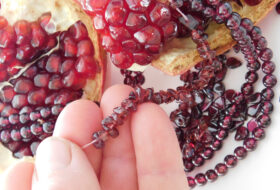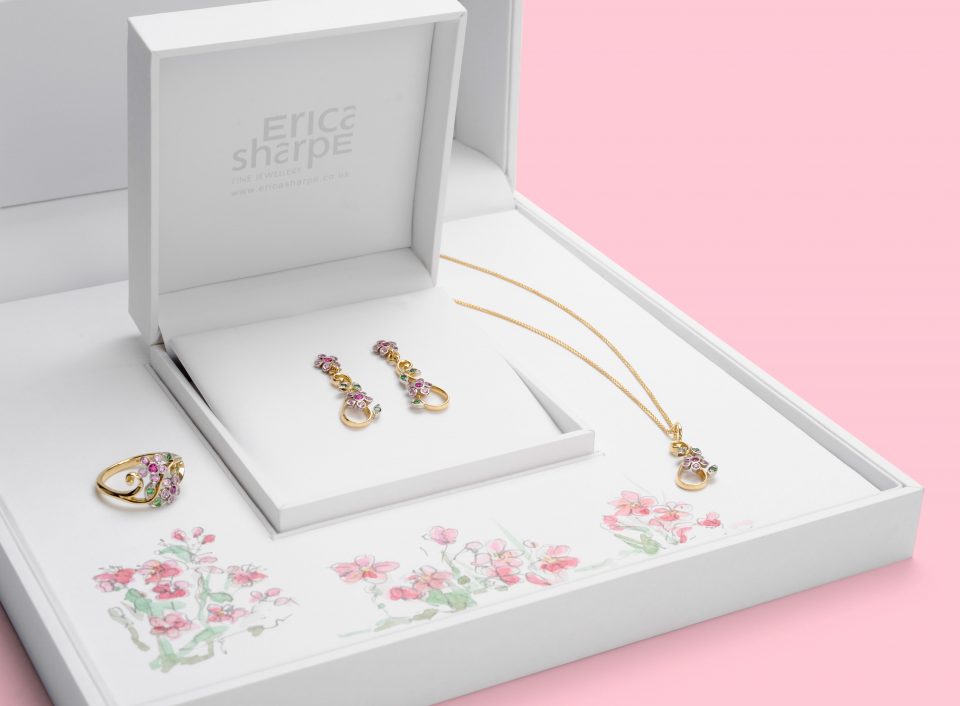I have stayed regularly on the undercliff of the South West’s Jurassic coast for over 30 years and never tire of its atmospheric landscape. Recently I felt inspired to make a one-off jewel that represented the unusual and extraordinary essence of this place that I love so much.
During my last trip, I found some cuttlefish bone and shells, fossilised parts of shells, seaweed and sea-glass on the strand line. Many of these things can be used to form jewellery. My heart was set on making a pendant to remind me of the timeless wildness of the undercliff and the shells and shell fossils I’d found, created by ‘cuttlefish casting’. Cuttlefish has been used as a casting mould by jewellers for hundreds of years.
The cuttlefish is prepared by flattening the soft side. This is easily done using a hand file. Then the surface needs smoothing evenly by rubbing onto sandpaper resting on a flat surface such as a sheet of glass. Next, the cuttlefish is cut in half so the flat sides can sandwich together and the original shell is pressed into one soft side of the cuttlefish. The other cuttlefish side is squeezed onto it until the shell is completely embedded.
For my pendant, I decided to cast it in pure silver. I adore metals in their pure forms, and pure or fine silver gave me the stunning white colour that I wanted. I was happy with my silver shell casting. The undulations of the surface were beautifully defined, and it was pleasingly heavy like a fossil. The unexpected surprise that one side had a missing area where the silver had not flowed made it seem more real and organic.
To add focus to the missing area of the shell I used a process that is practised in Japan known as Kintsugi. The technique serves to repair cracks and breaks in pottery and ceramics with pure gold and leaves the repaired item just as beautiful as the original.
I began to repair the silver shell with gold. I used a pure gold panel that I’d made many years ago during a training course. I had textured the gold by rolling it between rough paper and a curled cotton thread. The shape and texture reminded me of other shells and fossils I’ve found on the beach.
It is easy for me to find fault with my work, but the finished pendant and the process which led to its creation has been all that I anticipated and I’m pleased with the result. I enjoy wearing such a personal reminder of one of my favourite places.












